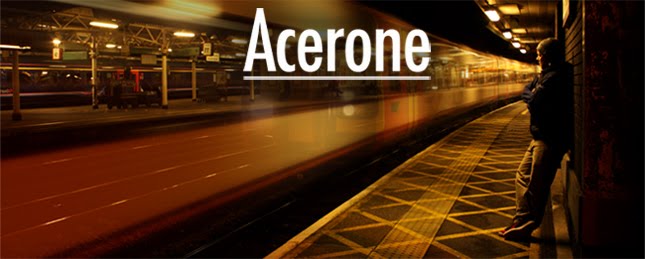"Its April Fools Day and a good day for a resurrection!" Bubber told me on the phone earlier.
True. And it also is the day the Aspects release their long awaited third album 'Left Hand Path'.
I would like to write a long and eloquent review about how good the album is, but i prefer to leave the written-word side of things to my Aspects brethren and concentrate on pictures instead. Here are a bunch from the Sip the Juice night at the O2 Academy in February when they supported the mighty Pharcyde.

 (Aspects sound check at the O2 Academy)
(Aspects sound check at the O2 Academy)
(Refuel)
(Back stage)
Buy 'Left Hand Path' here now!

















